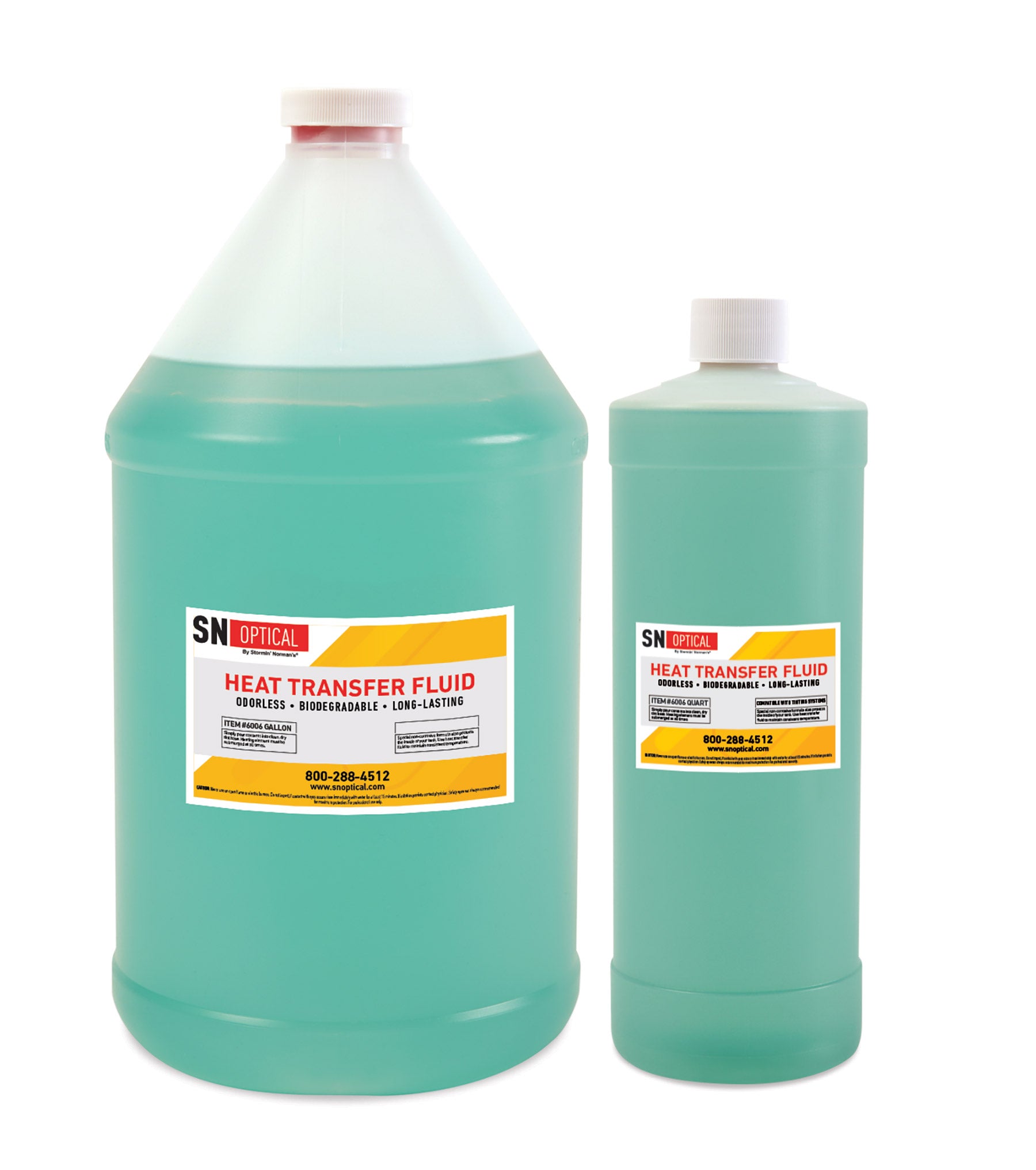How to Select the Best Heat Transfer Fluid for Industrial Applications
How to Select the Best Heat Transfer Fluid for Industrial Applications
Blog Article
Why Warm Transfer Liquid Is Essential for Optimizing Energy Transfer in Equipment
The function of warm transfer liquids in enhancing power transfer is crucial for attaining efficient thermal administration throughout different commercial industries. These fluids assist in seamless heat exchange, ensuring processes operate within optimal temperature varieties and alleviating the danger of getting too hot.

Function in Thermal Administration
Warm transfer liquids play a crucial role in thermal administration by effectively controling temperature levels in different commercial procedures and systems. These specialized liquids assist in the transfer of warmth in between different elements, making sure optimum operating problems and avoiding getting too hot. By keeping exact temperature control, heat transfer liquids allow industries such as chemical manufacturing, oil and gas, and power generation to run securely and effectively.
The selection of an ideal warm transfer fluid relies on a number of aspects, including thermal security, warmth capability, and viscosity. High thermal security ensures that the liquid can withstand severe temperature levels without weakening, while a high warm capacity permits it to take in and launch considerable quantities of warm - heat transfer fluid. Low thickness reduces the power required for pumping, adding to overall system performance
Moreover, heat transfer liquids are essential in applications like refrigeration, where they aid take in and dissipate heat throughout the cooling cycle. In solar thermal power systems, these fluids capture and transportation solar warm to generate electricity or supply hot water. Their versatility to diverse operating problems and capability to maintain consistent thermal efficiency underscore their relevance in commercial thermal management, facilitating functional connection and improving safety and security procedures.

Enhancing System Efficiency
To maximize the advantages of thermal administration, boosting system performance via the calculated use of warmth transfer fluids is extremely important. By preserving ideal temperature level degrees, heat transfer liquids assist guarantee that systems operate within their created criteria, consequently protecting against getting too hot and decreasing the danger of part failure.

Types of Warmth Transfer Fluids
The diversity of heat transfer fluids underscores their vital role in a series of industrial applications, each customized to fulfill details thermal monitoring demands. These fluids help with efficient energy transfer and are selected based upon crucial homes such as thermal stability, viscosity, and heat ability. The key important site types include water, glycol solutions, oils, and synthetics, each offering distinctive benefits.
Water is the most usual warm transfer tool due to its high certain heat capability and low expense. Mineral oils are favored for their thermal security and non-corrosive nature, making them suitable for high-temperature applications.

Artificial fluids, consisting of silicone and fragrant substances, provide exceptional thermal stability and are made use of in environments demanding severe temperature level varieties. These liquids make certain superior efficiency in systems where traditional fluids may fall short. The selection of a warmth transfer fluid is essential, as it influences system performance, safety, and durability. Each type needs to be chosen to line up with the functional demands and the certain problems of the application it offers.
Environmental and Economic Advantages
Using YOURURL.com the best warmth transfer liquids uses considerable environmental and financial benefits for industrial procedures. Ecologically friendly warmth transfer liquids, typically naturally degradable and non-toxic, minimize the threat of dirt and water contamination in the occasion of leaks or spills, thereby protecting ecosystems and conforming with stringent environmental regulations.
Financially, the appropriate heat transfer liquid can dramatically minimize operational expenses. Efficient warmth transfer lowers energy expense, causing lower energy bills and enhanced productivity. In addition, liquids with prolonged lifecycle efficiency decrease the frequency of substitutes and upkeep, decreasing downtime and associated costs. Purchasing high-quality fluids can additionally alleviate the danger of tools deterioration and failure, staying clear of pricey repair work and expanding the life-span of important infrastructure. In competitive markets, these cost savings and efficiencies provide an unique advantage, permitting firms to allot sources extra efficiently and invest in more technology. Overall, the calculated use read the article of ideal warm transfer liquids sustains lasting financial growth and environmental stewardship.
Choosing the Right Liquid
Just how does one navigate the intricate procedure of selecting the best warmth transfer fluid for commercial applications? Thermal stability makes sure the fluid can stand up to high temperatures without degrading, while compatibility avoids deterioration or other destructive responses with system components.
Additionally, the liquid's warmth capacity and viscosity are extremely important. A high heat capability permits the fluid to absorb and transfer more power, enhancing effectiveness.
Conclusion
The critical option and application of heat transfer liquids are fundamental to maximizing power transfer across numerous systems. By ensuring high thermal stability and capacity, these fluids provide precise temperature level control and boost general system effectiveness. This optimization adds to reduced functional prices and lower greenhouse gas exhausts, hence promoting sustainability. The option of liquid, customized to specific thickness and operational demands, is essential for optimizing performance and achieving economic and ecological benefits in industrial processes.
Report this page